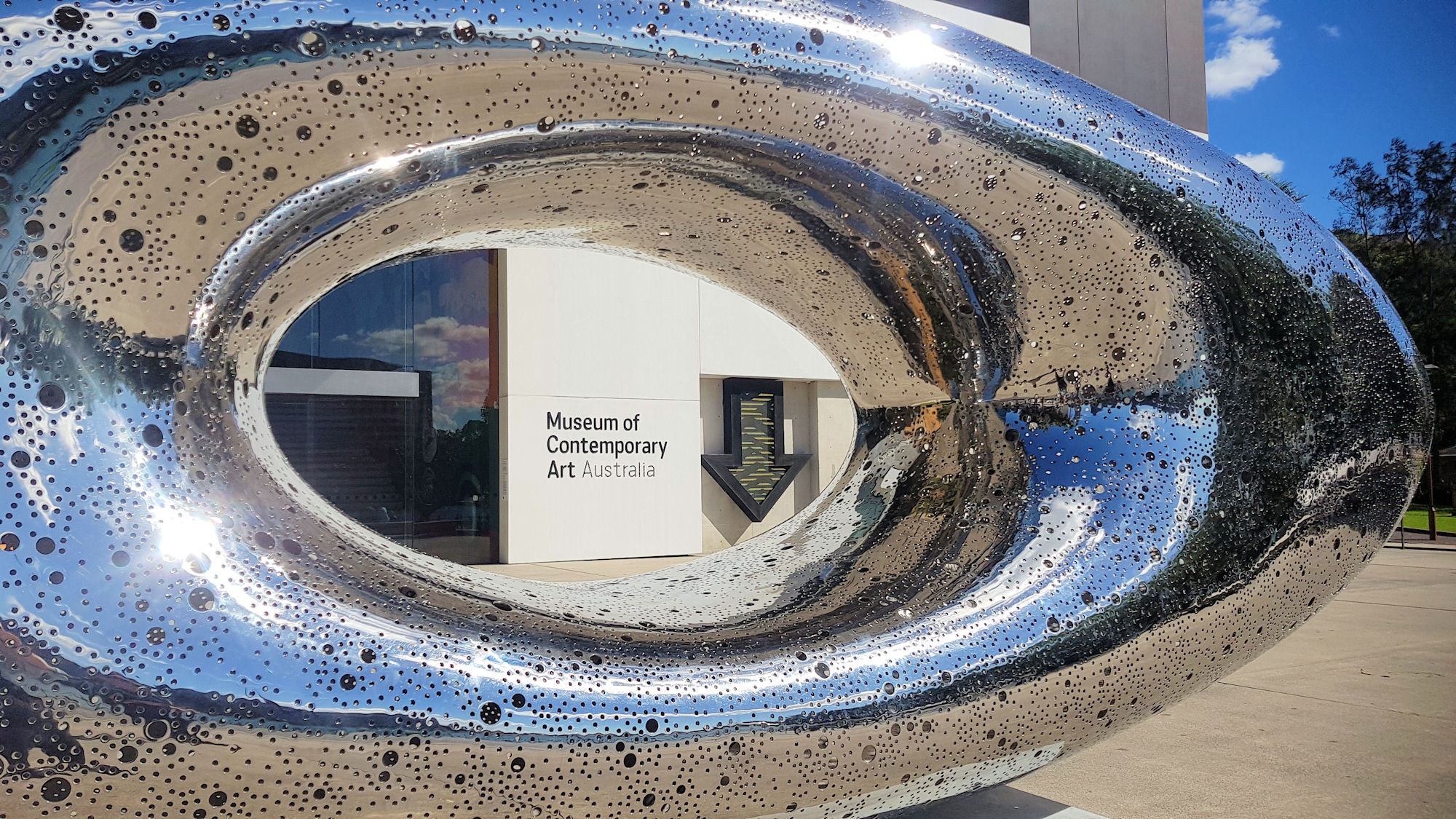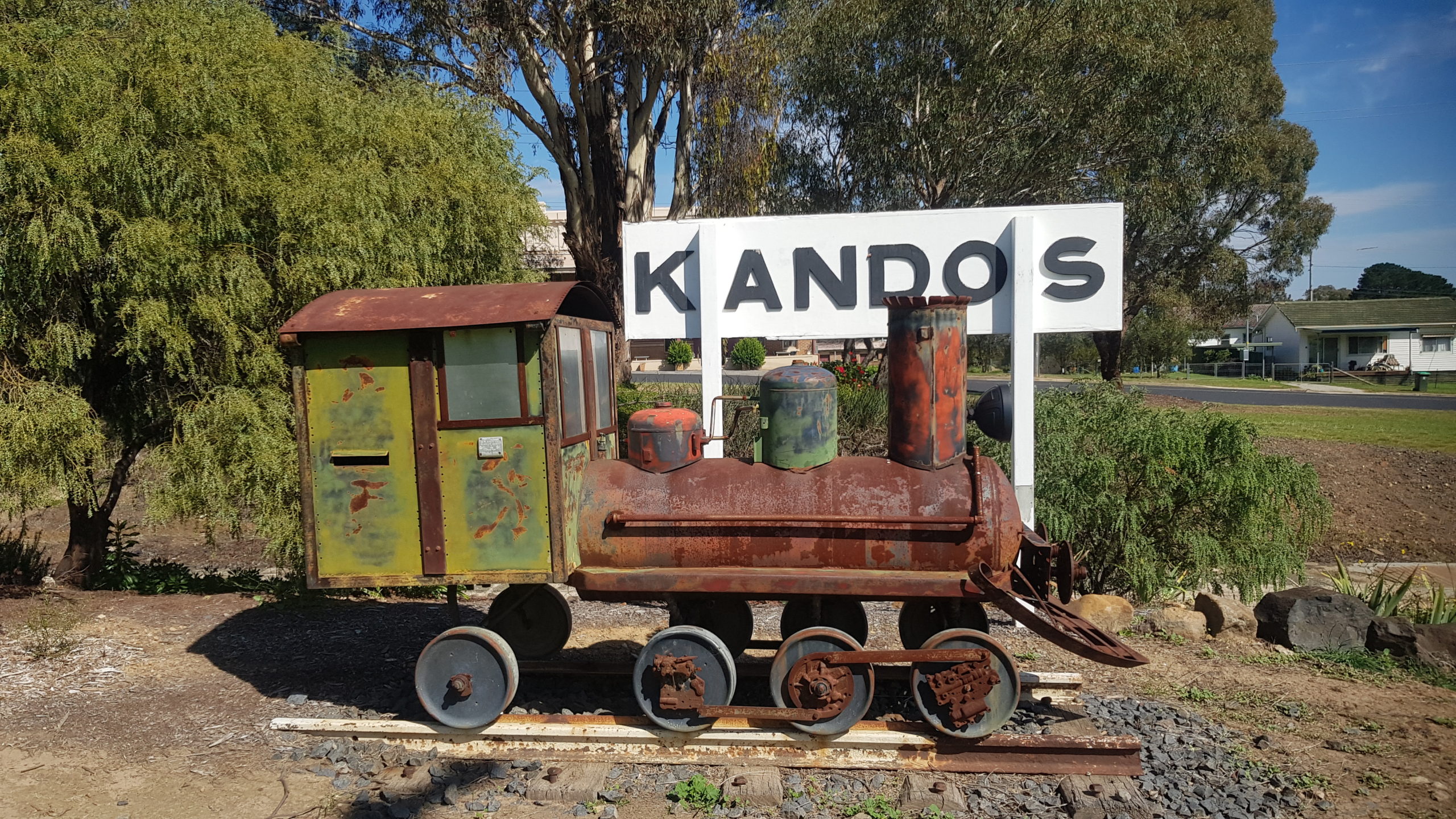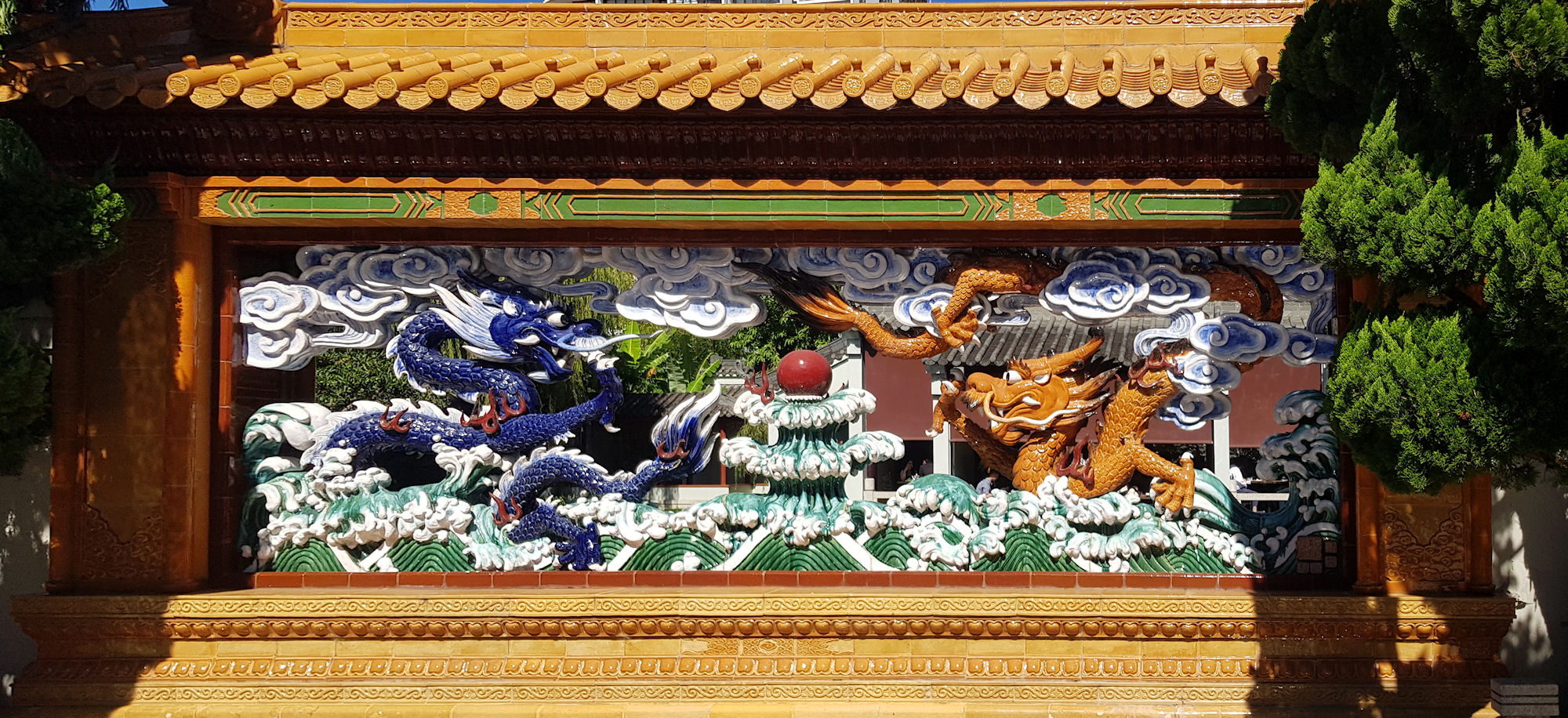Tag: Australia
-
Museum of Contemporary Art Australia

Museum of Contemporary Art Australia Sitting on the waterfront at Circular Quay, the Museum of Contemporary Art Australia provides a venue for international and local artists. Getting There In walking distance of Circular Quay, public transport is the easiest way to get here. Ferries, buses, trains and light rail all stop here, making it easy… Read more
-
Kandos The Town That Built Sydney

Kandos The Town That Built Sydney Established in the early 1900s for the NSW Cement, Lime and Coal Co Ltd, Kandos produced cement until the plant’s closure in 2011. Taken from the initials of the founding company directors: Campbell, Angus, Noyes, McDonald, Oakden and Stephen. The first letter was later changed to a K rather… Read more
-
Chinese Garden of Friendship

Chinese Garden of Friendship Located in Darling Harbour next to Chinatown, the Chinese Garden of Friendship has been a place of relaxation in Sydney since 1988. Built as a symbol of friendship between Sydney, New South Wales and the city of Guangzhou in the province of Guangdong, China (sister cities of sister states), to mark… Read more